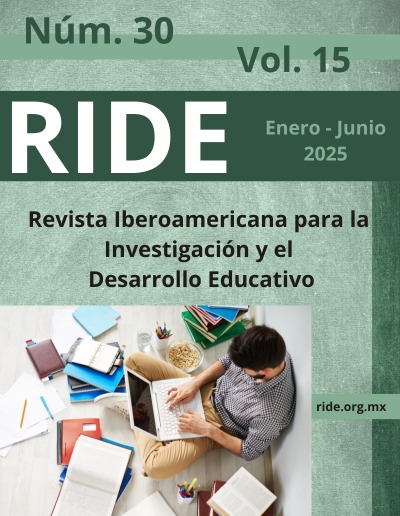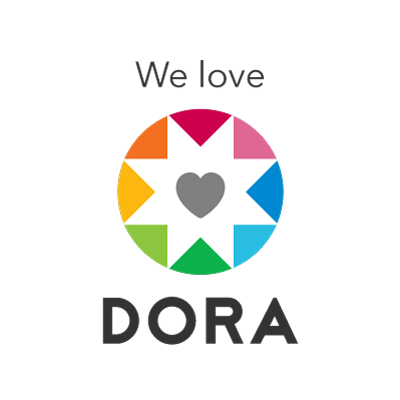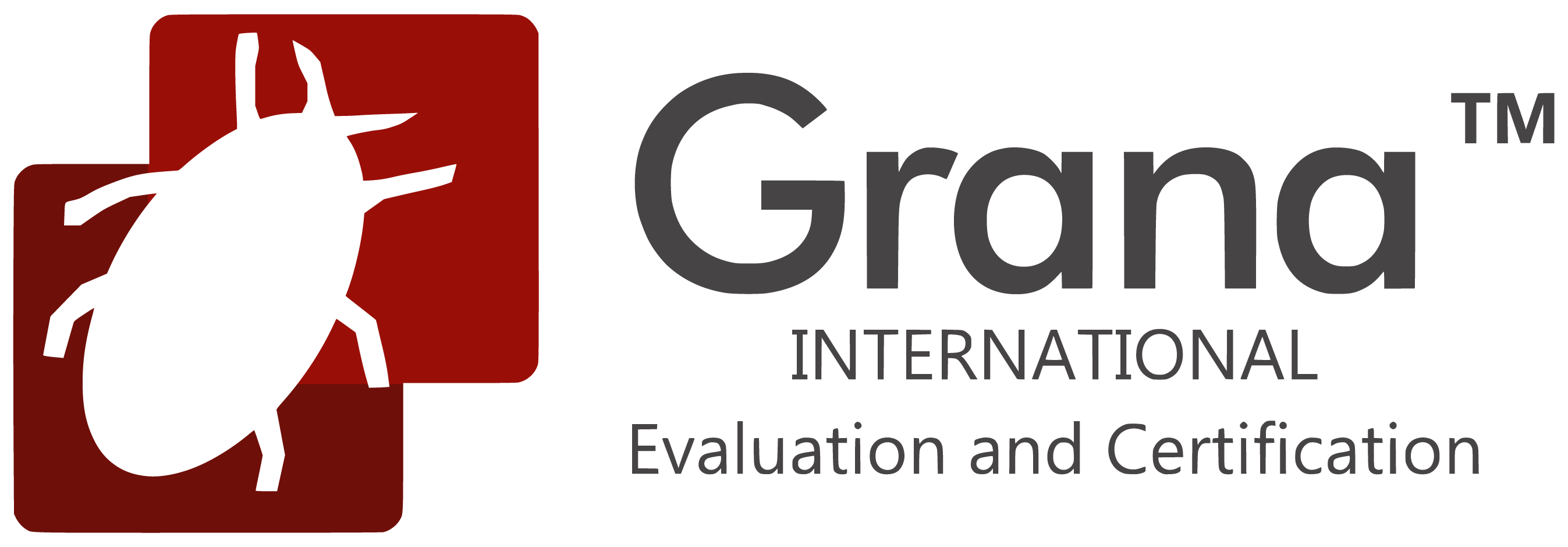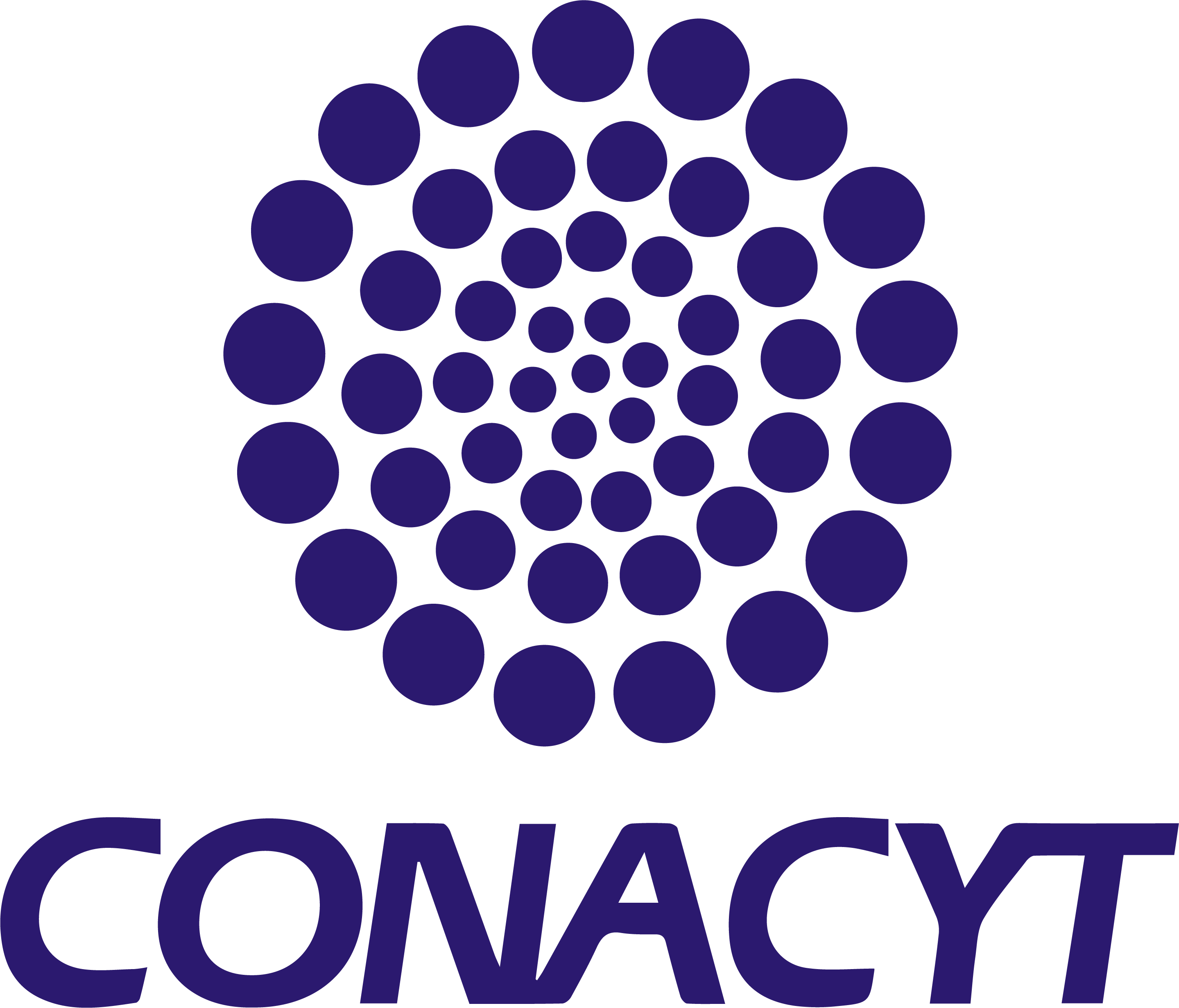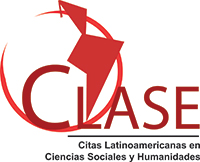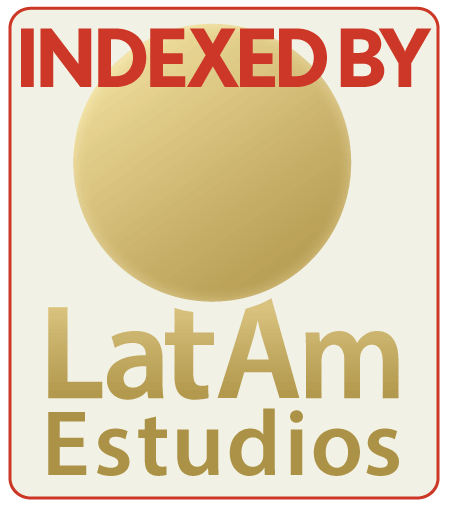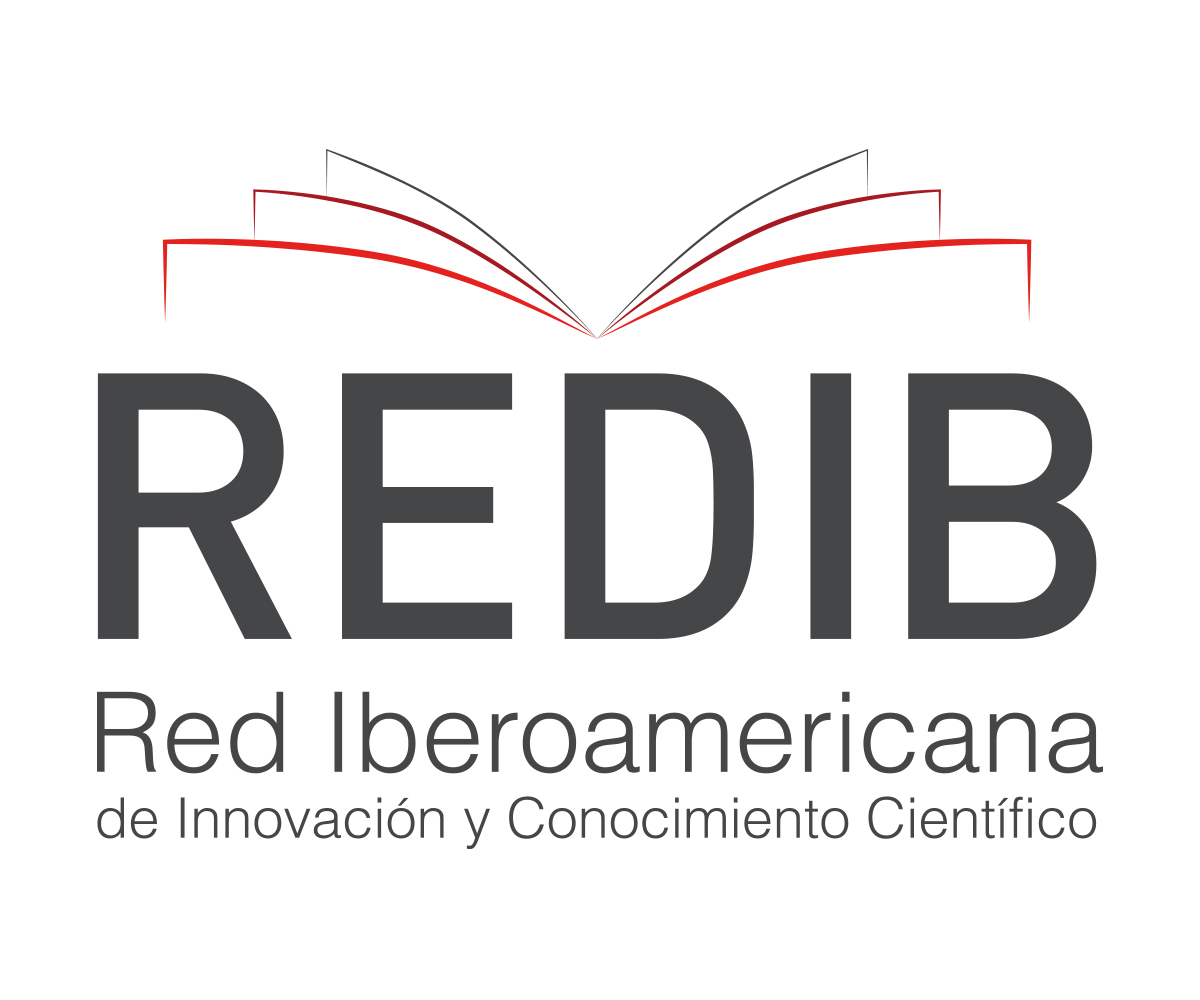Teaching Media that promote Learning in Higher Education
Abstract
Didactic resources and materials are the means used by teachers to facilitate meaningful learning and help students pass their courses. The objective of this research was to determine, from the students' point of view, those didactic resources that directly favored their learning. Followed a positivist paradigm, quantitative approach, non-experimental and cross-sectional design. The sample consisted of 115 students from a public university. Frequency analysis, measures of central tendency and standard deviation, factor analysis and multiple regression analysis were carried out; and according to the last study it was confirmed that, for the students, performing the tasks indicated by the professor and getting involved in the elaboration of the integrative learning project are the resources that directly helped them to pass the subject. In addition, the analysis of central tendency indicated that doing the exercises in the textbooks also reinforced student learning. In conclusion, all those didactic activities that are well planned and elaborated by the teacher contribute to the learning and approval of the subjects by the student, but according to this research, it was found that some didactic resources contribute more to the student's academic achievement than others.
Downloads
References
Blanco Sánchez, M. (2012). Recursos Didácticos para fortalecer la enseñanza-aprendizaje de la economía [Tesis de Maestría, Universidad de Valladolid]. Repositorio Documental Uva. http://uvadoc.uva.es/handle/10324/1391
Camacho González, C. (2020). Diseño, elaboración y proceso de validación del material didáctico “Contándote” [Tesis de Licenciatura, Universidad de La Sabana]. Repositorio Institucional. https://intellectum.unisabana.edu.co/handle/10818/46611
De la Fuente Fernández, S. (2011). Análisis Factorial. Fuente Rebollo. https://www.fuenterrebollo.com/Economicas/ECONOMETRIA/MULTIVARIANTE/FACTORIAL/analisis-factorial.pdf
Díaz Lucea, J. (1996). Los Recursos y Materiales Didácticos en Educación Física. Apunts. Educación física y deportes, 1(43), 42-52.
https://raco.cat/index.php/ApuntsEFD/article/view/316542
Eusebio Hermira, S. (2023). Los Foros como herramienta de aprendizaje y evaluación de los cursos virtuales asíncronos. Anuari De Filologia. Estudis De Lingüística, 13(1), https://doi.org/10.1344/AFEL2023.13.2
Fernández, A. (2010). Recursos Didácticos. Elementos indispensables para facilitar el aprendizaje. Limusa.
Gadzaova, L., Goverdovskaya, E., Alisultanova, E., & Moiseenko, N. (2021). Organized Online Learning of Students in Universities and Schools: Didactics and Methodology. Propósitos y Representaciones, 9(SPE 3), 1-8.
https://revistas.usil.edu.pe/index.php/pyr/article/view/1181
Granda Asencio, L., Espinoza Freire, E., & Mayon Espinoza, S. (2019). Las TIC como herramientas didácticas del proceso de enseñanza-aprendizaje. Revista Conrado, 15(66), 104-110. https://conrado.ucf.edu.cu/index.php/conrado/article/view/886
Hernández Sampieri, R., Fernández Collado, C., & Baptista Lucio, M. (2014). Metodología de la Investigación (6a ed.). Mc Graw Hll.
IBM. (2024). Beneficios de IBM SPSS Statistics. Recuperado de https://www.ibm.com/mx-es/products/spss-statistics. Consultado el 17 de mayo de 2024
Matienzo, R. (2020). Evolución de la teoría del aprendizaje significativo y su aplicación en la educación superior. Dialektika: Revista De Investigación Filosófica Y Teoría Social, 2(3), 17 - 26.
https://journal.dialektika.org/ojs/index.php/logos/article/view/15
McMillan, J., & Schumacher, S. (2010). Investigación Educativa (5.a ed.). Pearson.
Montero Granados, R. (2016). Modelos de regresión lineal múltiple. Documentos de Trabajo en Economía Aplicada.
https://www.ugr.es/~montero/matematicas/regresion_lineal.pdf
Sagan, O., Yakovleva, S., Anisimova, E., Balokha, A., & Yeremenko, H. (2020). Digital Didactics as A New Model in The Theory of Education. Revista Inclusiones, 7(esp), 193-204. https://revistainclusiones.org/index.php/inclu/article/view/312
Ortiz Arellano, E. (2013). Epistemología de la Investigación Cuantitativa y Cualitativa: Paradigmas y Objetivos. Revista de Claseshistoria, 408, 1-23. http://www.claseshistoria.com/revista/2013/articulos/ortiz-epistemologia-investigacion.pdf
Ortiz Ocaña, A. (2015), Enfoques y métodos de investigación en las ciencias sociales y humanas. Ediciones de la U.
Pérez Alarcón, S. (2010). Los Recursos Didácticos. Revista digital para profesionales de la enseñanza, 9, 1-6.
Rodríguez Hidalgo, C., (2013). El potencial curricular de los libros de texto para generar experiencias de aprendizaje. Revista Educación, 37(1).
https://www.redalyc.org/articulo.oa?id=44028564006
Rojas Matamoros, A., Salmerón Salmerón, A., & Guzmán Mercado, S. (2021). Medios, Recursos y Materiales Didácticos [Tesis de licenciatura, Universidad Nacional Autónoma de Nicaragua]. Repositorio UNAN.
https://repositorio.unan.edu.ni/id/eprint/15630/1/15630.pdf
Toledo Morales, P., & Sánchez García, J. (2018). Aprendizaje basado en proyectos: una experiencia universitaria. Profesorado, Revista de curriculum y formación del profesorado, 22(2) 471-491. https://doi.org/10.30827/profesorado.v22i2.7733
Universidad Abierta y a Distancia de México. (2019). Estadística Básica. Secretaría de Educación Pública.
https://dmd.unadmexico.mx/contenidos/DCSBA/TC/EBA/unidad_03/descargables/EBA_U3_Contenido.pdf
Vargas Murillo, G. (2017). Recursos Educativos Didácticos en el Proceso Enseñanza Aprendizaje. Revista Cuadernos, 58(1) 68-74. https://bibliotecafment.umsa.bo/revista-cuadernos
Villacreses Veliz, E., Lucio Pillasagua, A., & Romero Yela, C. (2016). Los recursos didácticos y el aprendizaje significativo en los estudiantes de bachillerato. Sinapsis, 2(9), 1-17. https://doi.org/10.37117/s.v2i9
Villanueva Morales, C., Ortega Sánchez, G., & Díaz Sepúlveda, L. (2022). Aprendizaje Basado en Proyectos: metodología para fortalecer tres habilidades transversales. REXE - Revista de estudios y experiencias en educación, 21(45) 433-445. https://www.rexe.cl/index.php/rexe/article/view/1130

This work is licensed under a Creative Commons Attribution 4.0 International License.
In order to promote the development and dissemination of research in education in Latin America, the Ibero-American Journal for Educational Research and Development (RIDE) adhered to the Budapest Open Access Initiative, which is why it is identified as a Open access publication. This means that any user can read the complete text of the articles, print them, download them, copy them, link them, distribute them and use the contents for other purposes. Creative Cummons licenses allow users to specify the rights to use an open access journal available on the Internet in such a way that users know the rules of publication. Authors who publish in this journal accept the following conditions: Authors they keep the author's rights and give the magazine the right of the first publication, with the work registered with the attribution license of Creative Commons, which allows third parties to use the published material whenever they mention the authorship of the work and the first publication in this The authors can make other independent and additional contractual agreements for the non-exclusive distribution of the version of the article published in this journal (eg, include it in an institutional repository or publish it in a book) as long as they clearly indicate that The work was published for the first time in this magazine. Authors are allowed and recommended to publish their work. low on the Internet (for example on institutional or personal pages) before and during the review and publication process, as it can lead to productive exchanges and to a greater and faster dissemination of the published work

